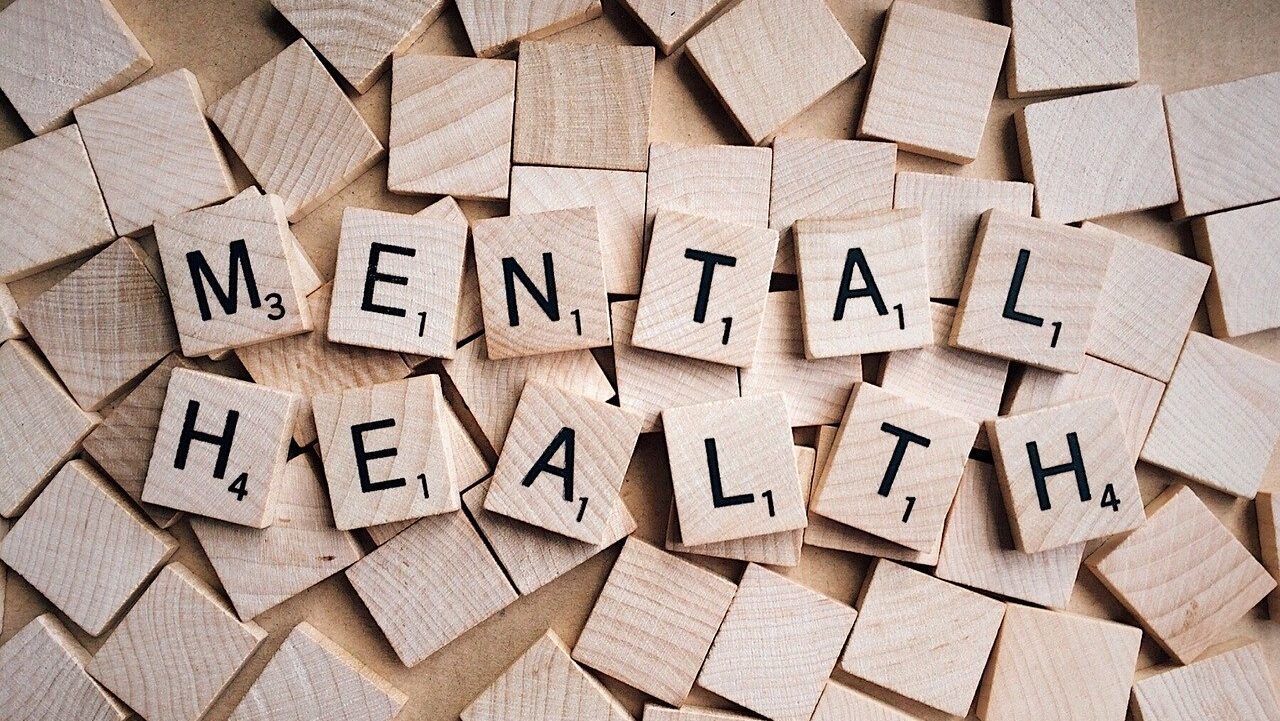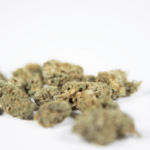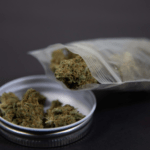Marijuana is the most widely used illegal drug in the US. Barring the federal criminalization of the drug in 1937, a majority of Americans demand its legalization based on the following psychological effects it has on the consumer. It is indeed interesting to learn that some of the unique chemicals like cannabidiol (CBD), in marijuana, presumably have anti-psychotic properties.
Marijuana – A boon or a bane
No noticeable increase in rates of mental illness was recorded despite changes in marijuana consumption levels. The good news is that the effects like paranoia, anxiety and panic are temporary.
Pharmacological Effects of Marijuana
What is the connection between THCV and marijuana? The function of the human endocannabinoid system is to produce chemicals that combat mental health conditions such as depression. Stimulating the endocannbinoid system via the use of cannabinoids, found in the cannabis plant is a solution to treat depressions and other mental health conditions.
The age of the consumer should be taken into cognizance in conjunction with the use of psychoactive substance from mental health. While some patients experience mental disturbance in the late teens and early 20’s, it is not possible to predict who will develop a mental disturbance. This possibility will stem from the genetic makeup and behavioral cues in early childhood.
Caution is the key for people to exercise when choosing an exposure to all substances that have any intoxicating effects who are in the family with a predisposed history of mental health issues.
Openness in striking a conversation with adolescents without blaming Marijuana
Adolescence marks the onset of plethora of emotional changes, by playing havoc in the lives of teens exposing them to intoxicants. This camouflages the symptoms of mental disturbance or drug abuse as they choose to be discreet about these with their parents. In fact, research suggests that those with mental illness might resort to self-medicating with marijuana.
Another theory professed that psychotism related signs are indicative of a later use of marijuana. Hence it was inferred that marijuana “is unlikely to be the cause of illness,” even in people who are susceptible to schizophrenia or other psychotic disorders. Thus it is advisable to initiate an open dialogue with adolescents about their drug use which will pave the way for prevention towards future occurrence of mental illness instead of holding marijuana responsible.
The Paradox – Marijuana to unveil new avenues for cancer treatment
Several studies have confirmed that prolonged marijuana smoking is not linked with increased risk of cancer, as well as tobacco-associated cancers or with cervix, breast, prostate, melanoma, lung or colorectal.
The study culling details of a twenty year population study declared that a restrained marijuana smoke would result in a decreased risk of neck and head cancer.
In fact THC, Tetrahydrocannabivarin and especially CBD, the chemicals in marijuana, have been beneficial in promoting the death of tumor causing cells, thus displaying promise as effective tools in treating cancer.
Moreover, it is ascertained that marijuana smoking is not connected with any other permanent lung damages, such as chronic obstructive pulmonary disorder (COPD), emphysema or reduced lung function, even after prolonged use.
Scientists who have conducted this type of research suggested that the anti-oxidant properties of cannabis might overshadow any cancer causing chemicals found in marijuana smoke, thus protecting the body against the harmful impact of smoking. Recent research indicates that marijuana has anti-cancer properties and could one day unveil new avenues for cancer treatments.







